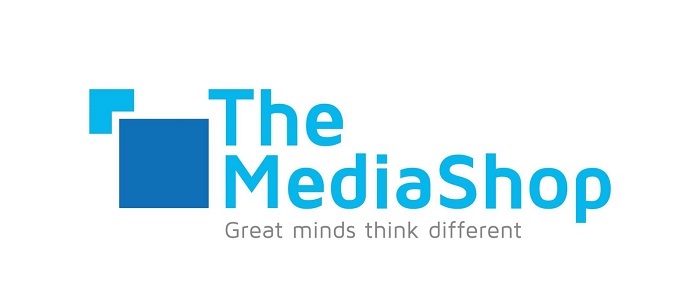

Yvette Gengan, Digital Media Manager at The MediaShop

 One of the things that digital marketers have in common is growth hacking (not the start-up kind, the growth kind). We spend our days constantly trying to improve strategies, channels, buying methods etc. to affect growth for our clients
One of the things that digital marketers have in common is growth hacking (not the start-up kind, the growth kind). We spend our days constantly trying to improve strategies, channels, buying methods etc. to affect growth for our clients
But it has become increasingly challenging to break through the noise within the digital media landscape as more and more brands jump on the advertising bandwagon (as they rightfully should). More brands advertising means more content, more messages, more products and services screaming for your consumer’s attention. I find myself often thinking about the consumer as a singular rather than a plural to help me properly determine if my campaigns are actually going to make an impact.
What I mean is, when you think of one person seeing your ad as opposed to millions, it becomes more personal and more purposeful. I want to do and say the right thing to ensure I get the attention of that person and make a lasting impact.
We see this happening daily in advertising – brands are no longer telling us what we like, but rather ads are engaging with us on a more personal level every day – and we prefer it! Brands are craving feedback to better themselves and their products/services. As digital marketers (all marketers in fact), we have acknowledged that it is time to move away from ‘lazy’ advertising and advocate for more compelling ads. Consumers are not buying the act anymore and it’s reflecting in campaign performances. Consumers want to be enticed, intrigued and entertained by ads, or they won’t be influenced by it. Brands that are getting this right, are essentially winning this race.
What we’re also seeing is the shift from brands using social media mainly for bottom of the funnel objectives, like conversions and leads to more intentional brand awareness campaigns. I’m not saying that social media isn’t good for conversions, it is. But just because we can serve a lead to a consumer we have not engaged with first, does not mean we should – or shouldn’t anymore. Is it smart marketing to be blinded only by hard metrics over foundation metrics that drive long-term brand growth? Do we let our clients dictate what our strategies should look like? As agencies, we need to put together robust media strategies that combined with exceptional creative gives our clients the best shot at influencing their consumer in the right environment.
We should always be working on our target audience; who we’re speaking to, when and how. Facebook and Instagram are great for finding potential clients/customers with features like lookalike audiences, especially for bottom of the funnel campaigns. But are we using them in the right campaigns? Are lookalike audiences still as valuable as they were before? Or has the constant flooding of ads to a consumer resulted in low performance?
I believe in the potential of lookalike audiences when used with the right message against the right objective, and when it is based on a verified source. So perhaps we should only use existing consumers/clients to create lookalikes when finding new customers for accuracy? And even if we are, are we testing and optimizing to get better performing campaigns?
We can no longer be promoting content just for the sake of it and targeting people from our own biases. Brands that are only seeing digital media as a means to an end are competing with brands who are implementing targeted campaigns that drive affinity, that measure engagement as a KPI (because they see the value) and who will convert consumers with compelling creative after properly identifying them through tactical remarketing.
Every campaign or strategy we plan boils down to objective. As marketers, we should be able to define correct objectives and strategies that can realistically meet these objectives. Whether you’re running a campaign focused on reach or conversions, they are both equally important and part of a bigger picture. We need to move away from being fixated on action type campaigns only and see the relevance of generating real brand affinity among our audience. Look at trends like influencer marketing and moves like Instagram removing like counts as indicators of where our strategies should be going. Let’s acknowledge that we are one of many brands speaking to the same consumer and that we need to ensure that when we’re seen we are also remembered. If marketers can achieve strong brand recall, it is one part of the challenge overcome.
Let us be intentional with our marketing strategies and adaptable with our creative and message, and let this set a strong foundation for our campaigns.
- MRF Unveils Latest MAPS® Data - 20th February 2025
- The BRC announces changes to the board and updates for 2025 - 17th December 2024
- Top 50 DSTV TV programmes – October 2024 - 12th November 2024




